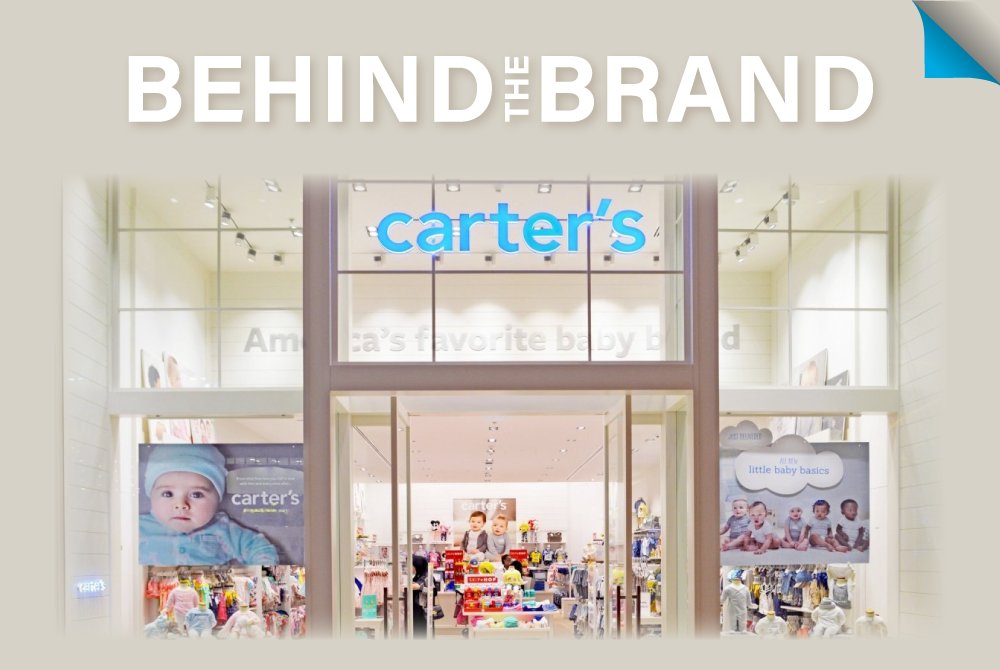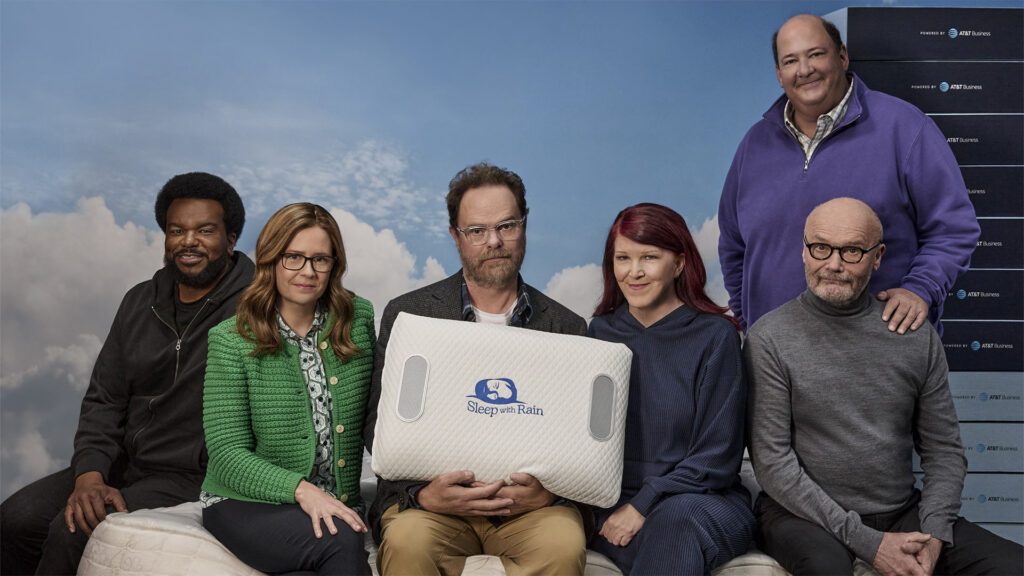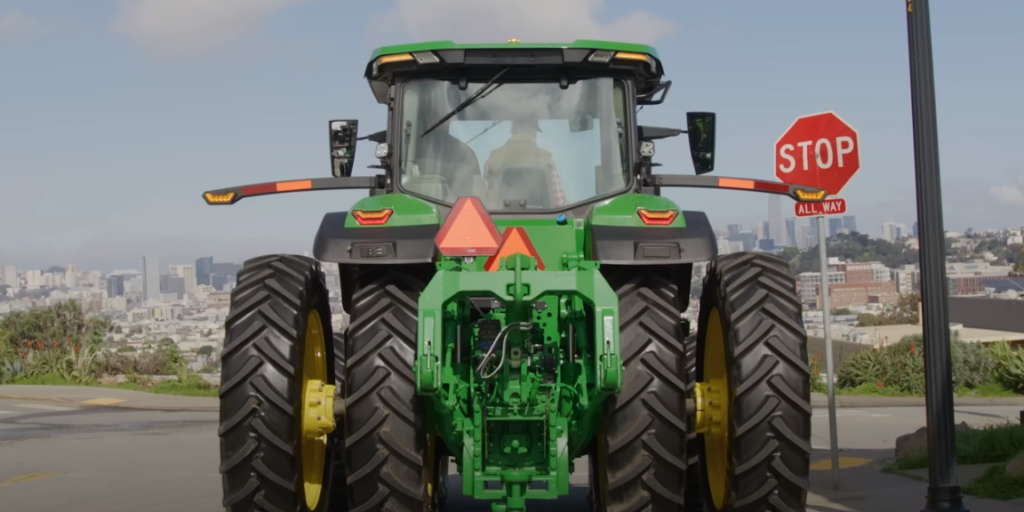If you’ve ever had a baby in your life, you probably know the Carter’s brand. The multi-billion dollar retail brand is156 years-old and has seen growth for more than three decades. In fact, the company accounts for about a quarter in all baby clothes sales in the United States. Some 90% of millennial parents and 80% of baby boomer grandparents have shopped at Carter’s in recent years, per Kantar. Their main mission: to support all families with young children.
During a recent Brand Innovators livecast, leaders from the Carter’s brand team shared how they wanted to take Carter’s various brands into the modern world. For example, Carter’s brand Osh Kosh B-gosh campaign tapped the latent love and nostalgia for the brand in a modern context. The idea was to bring the brand “out of the attic and into your heart,” with a campaign that referenced Muhammed Ali and featured music by Outkast.
“Going into this repositioning, what we heard from consumers is that OshKosh was a little bit stuck in time,” said Jenna Bromberg, Vice President of Brand Marketing and Creative at Carter’s. “For a brand whose product is so sensational, whose business is doing so well, it was really a dream challenge for us to really hone that repositioning and test it with consumers. We didn’t have core problems with the brand. People just weren’t thinking about it. The mission wasn’t to change how people fundamentally understood who we were, it was more of a reignition moment.”
Jeff Jenkins, Executive Vice President, Global Marketing at Carter’s joined the company in 2019 with the goal to shift the company from a promotion-based company, “the Bed, Bath and Beyond of baby” to a more emotional brand that people connect to in the modern world.
“With all of our strategy, we always start with consumer insights; that’s how we’re all classically trained as marketers,” said Jenkins. “We’re thinking about what is the insight? How is the customer approaching the brand? What’s the barrier to entry for the brand? That’s how we really dig in, and that’s how we went into repositioning and modernizing the OshKosh brand. We needed to think about the next generation, making sure they love the brand as much as their parents love the brand.”
Connecting with parents on an emotional level was especially important during the pandemic when family took center stage. While retail took a hit, baby needs remained relevant.
“Consumer mindsets were changing rapidly throughout the pandemic, so we stayed very close to the consumer,” said Valerie Morse, Head of Insights at Carter’s. “We did a lot of ethnography work to really humanize the segments. There were advantages to doing research during this time frame. We were able to talk to so many consumers all over the country, and we saw kids and pets running around in the background of Zoom, like we’ve all seen. It was great to have a window into the reality of people’s lives. You need to be able to shift with the consumer mindset, and connect with them. We have a consumer mind map, so we really aim to anticipate what our consumer is going to be thinking in a month, or three months, or a year.”



